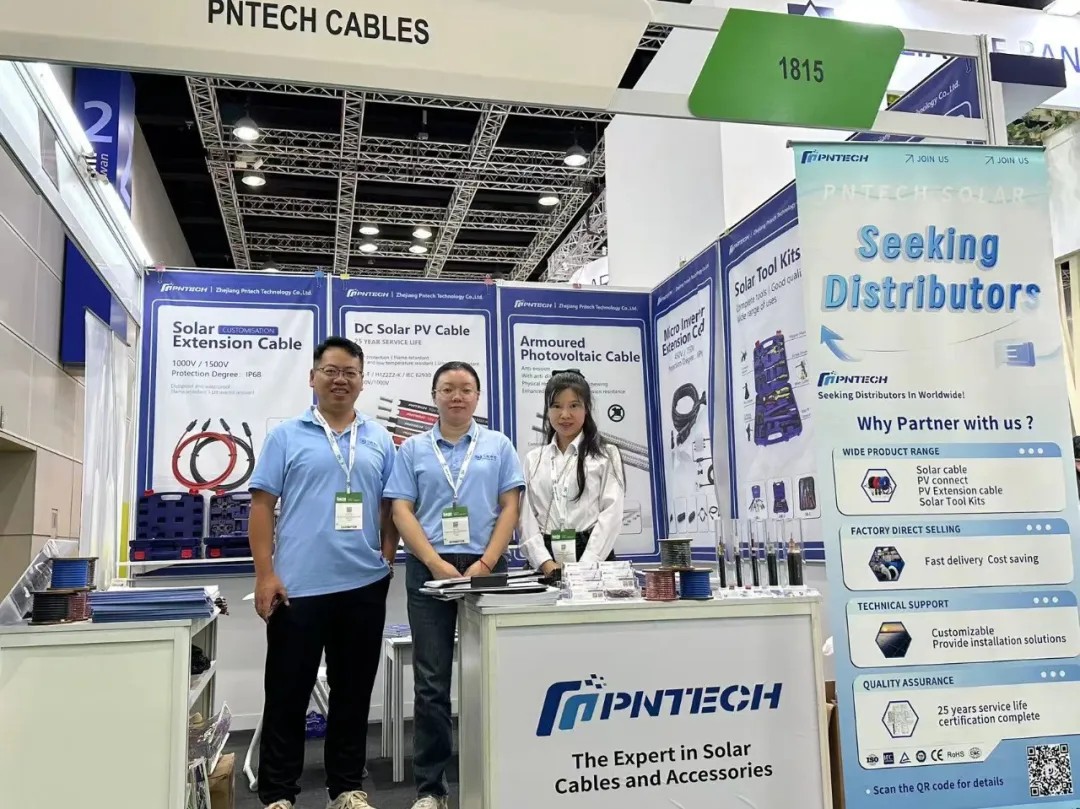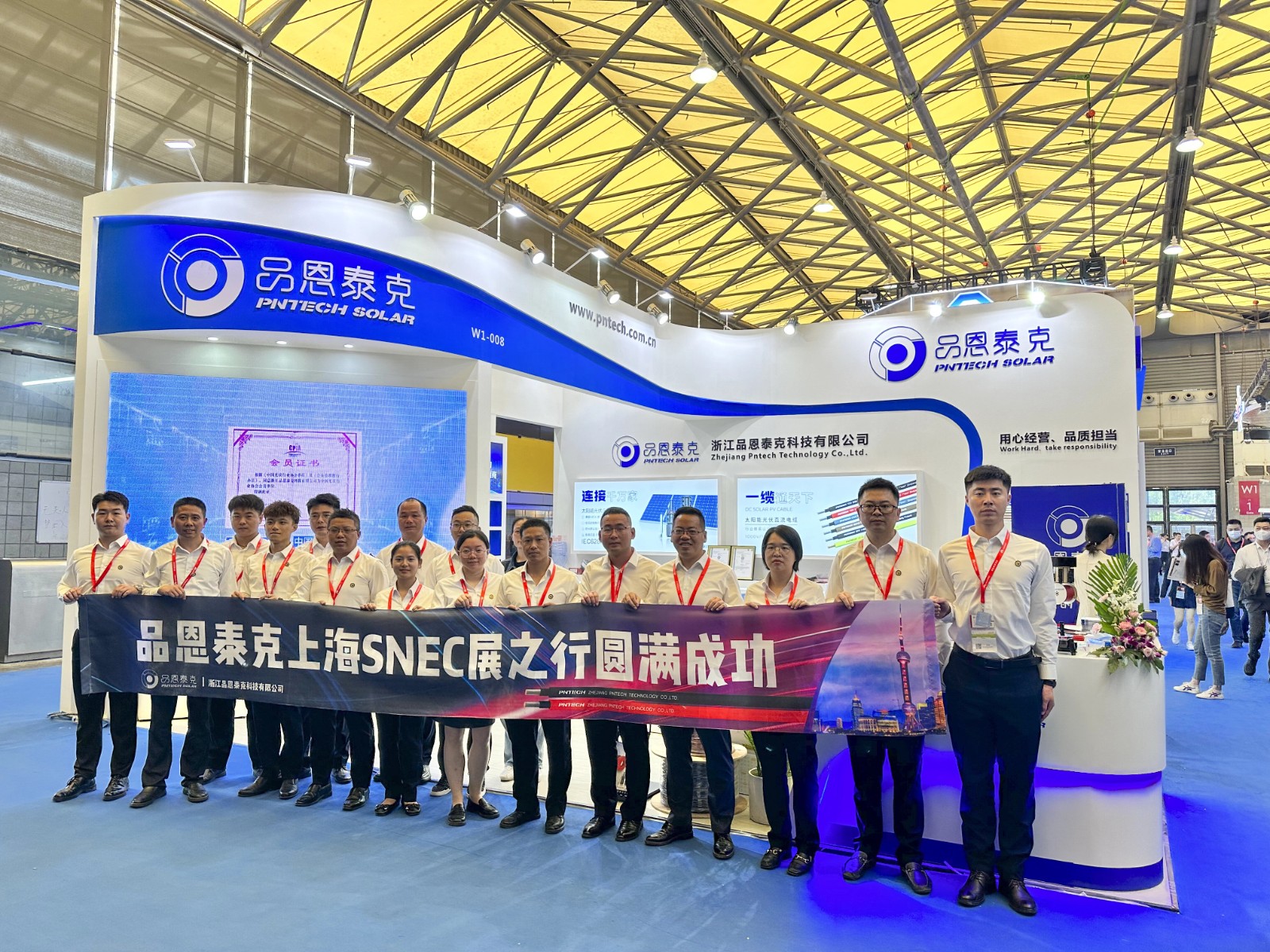In depth research on the public utility industry
The high prosperity of industrial and commercial photovoltaics continues, and the competitive advantages of top companies are evident
We are optimistic that in 2023, commercial and industrial photovoltaics will maintain a high level of prosperity, and the four southern provinces (except Yunnan), central regions (Hubei/Hunan/Henan), and eastern regions (Shanghai/Jiangsu) are expected to become new investment hotspots. Compared to other photovoltaic projects, the higher profitability of industrial and commercial photovoltaics is essentially due to the commission of "grid purchase premium+transmission and distribution price+government funds and surcharges"; And sustainability is based on two long-term trends, namely the increase in power system consumption costs and the decrease in photovoltaic LCOE. We predict that the penetration rate of industrial and commercial photovoltaics is expected to increase from 8.2% in 2022 to 25.7% in 2030. Key recommendations: 1) Southern Power Grid Energy, with photovoltaic installed capacity expected to exceed expectations, has significant advantages as a hot spot for industrial and commercial photovoltaic investment; 2) Honghua Smart Energy will perform well in 2023-2024, with the main business of urban combustion recovering and providing stable cash flow, and the accelerated landing of renewable energy business.
Electricity price increases+cost decreases, distributed photovoltaic yield improves
The distributed photovoltaic yield is expected to increase year-on-year in 2023, with 27 provinces and cities achieving investment economy (total investment IRR not less than 6%); Most provinces and cities still need to leverage their household photovoltaics to achieve reasonable returns. We estimate that the industrial and commercial photovoltaic IRR of 20 provinces and cities will increase year-on-year in 2023, with 7 provinces and cities experiencing an increase of over 1.5 percentage points; However, the IRR of industrial and commercial photovoltaics in some regions has decreased year-on-year, with Shandong/Ningxia/eastern Mongolia decreasing by 3.7/1.8/0.8 pp respectively. Due to significant adjustments in the time of use electricity pricing rules, the average electricity price for photovoltaics has decreased by 25%/16%/6% year-on-year. With the gradual release of polysilicon and silicon wafer production capacity in 2023, the downward trend in photovoltaic module prices has been basically established. For every 1 cent change in industrial and commercial electricity prices, the IRR changes by 0.248pp in the same direction; For every 0.1 yuan/watt change in component price, the IRR changes in reverse by 0.245pp.
From the perspective of electricity price structure, the essence and sustainability of commercial and industrial photovoltaic profitability
Compared to the grid connected electricity price for photovoltaics (the grid connected electricity price for the surplus electricity of centralized photovoltaics/household photovoltaics/industrial and commercial photovoltaics), the industrial and commercial electricity price also includes the premium for the power grid to purchase electricity from the power source side (the increase in electricity trading prices and balancing costs, and the increase in proxy purchase prices for Shandong/Zhejiang/Guangdong in February 2023 compared to the benchmark electricity price of 23.0%/22.7%/24.1%), transmission and distribution electricity prices, as well as government funds and surcharges. Industrial and commercial photovoltaic investors earn additional income beyond the grid price, while electricity users enjoy lower electricity balance costs and transmission and distribution costs. We believe that the excess returns of industrial and commercial photovoltaics (compared to centralized photovoltaics) are sustainable, mainly due to two long-term trends: 1) the rising cost of consumption, as the penetration rate of wind and solar energy continues to increase; 2) The downward trend of photovoltaic LCOE is due to the continuous advancement of photovoltaic technology.
From the perspective of total electricity consumption, 13 industries were selected as target markets for industrial and commercial photovoltaic penetration rate and potential space. The total electricity consumption increased from 4.79 trillion kWh to 6.06 trillion kWh from 2018 to 2022, with a CAGR of 6%. In relatively ideal scenarios of power generation and consumption, the proportion of commercial photovoltaic power supply to total electricity consumption is about 17%. We estimate that the potential installed capacity of the industrial and commercial photovoltaic target market in 2022 is 1122GW, and it is expected to increase to 1506GW by 2030, with a penetration rate expected to rise from 8.2% to 25.7%. We believe that by 2023, the four provinces of Southern Power Grid (excluding Yunnan), the central region (Hubei/Hunan/Henan), and the eastern region (Shanghai/Jiangsu) will become new hotspots for industrial and commercial photovoltaic investment, as they meet three major conditions: 1) tight electricity supply and demand during peak summer, 2) significant increase in average electricity prices for industry and commerce, and 3) investment return rate not less than 6%.
The competitive situation is becoming increasingly fierce, and competition barriers are gradually emerging
In 2022, the share of distributed photovoltaic leaders in grid connection and development continues to increase, and the ability to expand projects is gradually being verified; Urban fuel enterprises rely on their customer resource advantages and strong cash support to enter the industrial and commercial photovoltaic market; Old players in the photovoltaic industry are laying out their presence in the household photovoltaic market. In the stage where industry competition is becoming increasingly fierce, we believe that three major barriers to competition are gradually forming: 1) rooftop resource barriers, where industry and commerce focus on customer reserves, and farmers focus on interpersonal relationships; 2) Ability in scheme design, whether there is a professional talent team, and a complete set of standard specifications from development, investment to operation and project post evaluation; 3) Advantages of centralized equipment procurement: optimizing investment costs and improving safety margins.
Risk Warning: Downward Power Demand; The electricity prices for industrial and commercial sales have fallen; The promotion of photovoltaic policies has fallen short of expectations.





